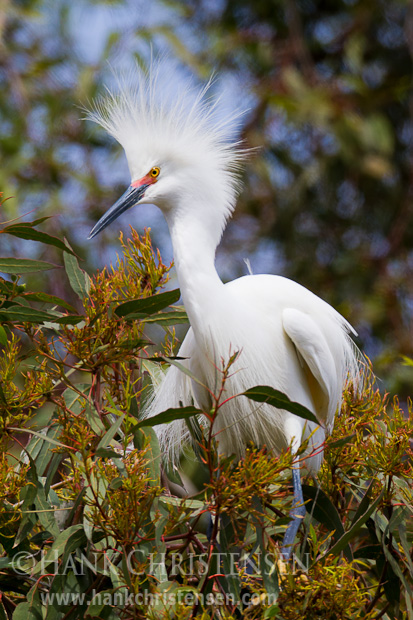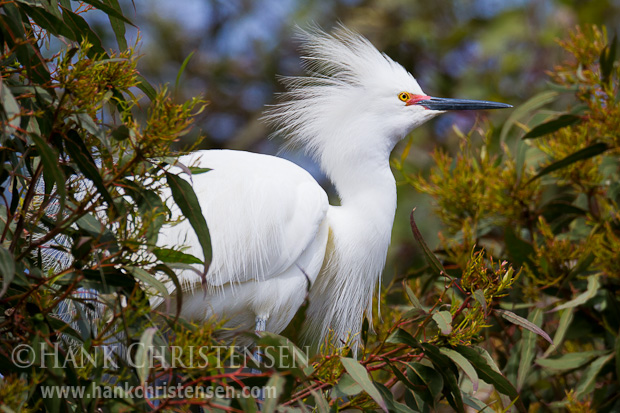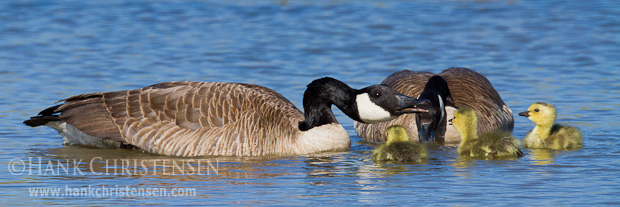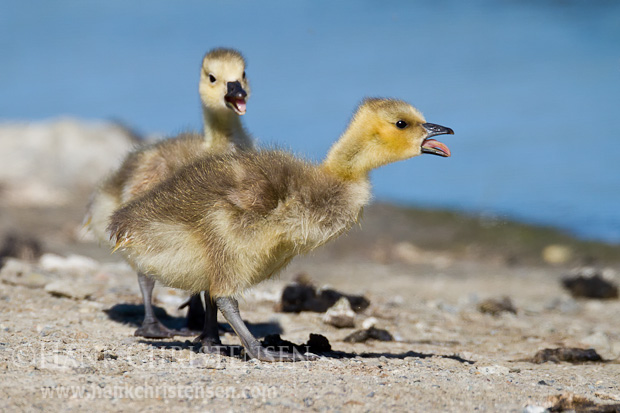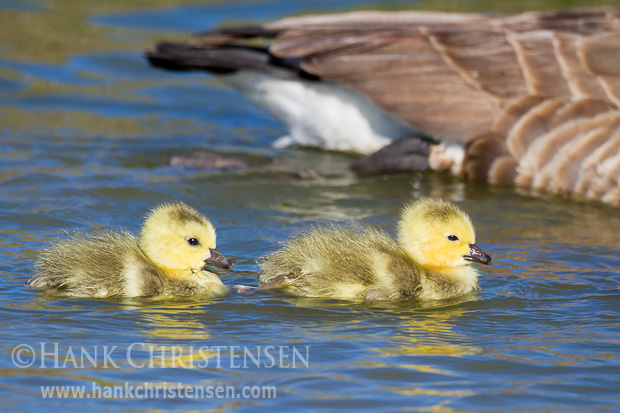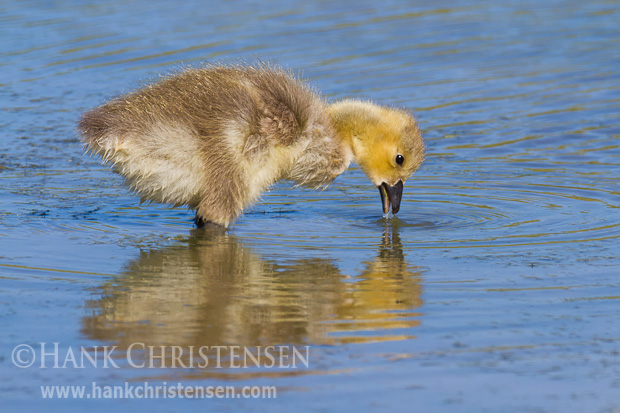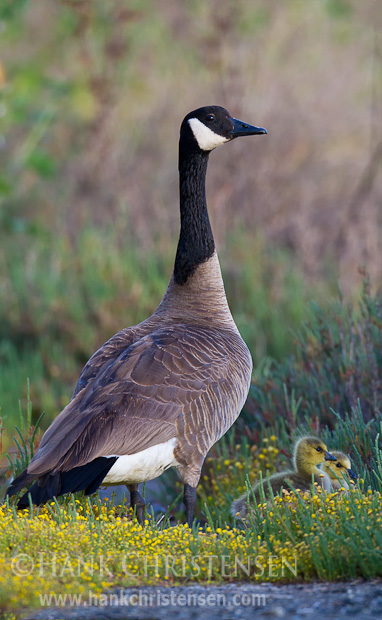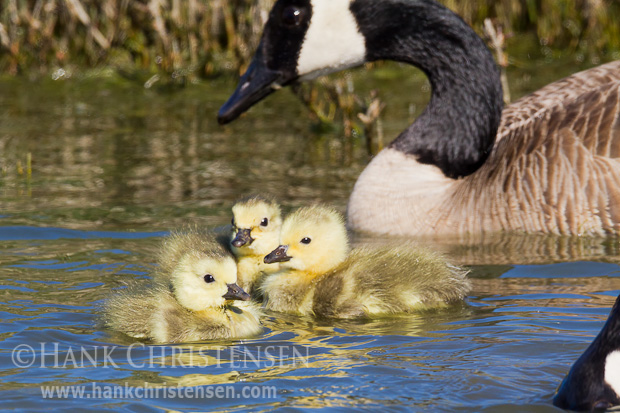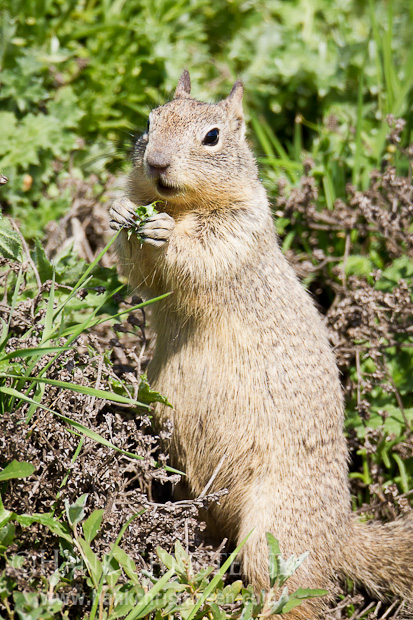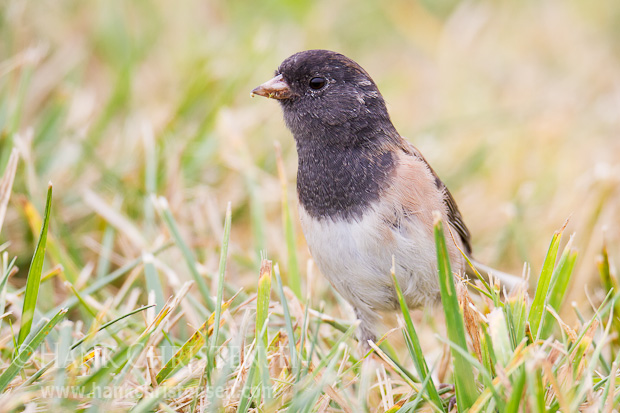
I’ve been a bit out of pocket lately, between being sick and being very busy with things other than photography. To make matters worse, one of my camera bodies decided to stop working, so it has been away at the Canon repair facility, right in the middle of prime bird season! However, even though I couldn’t be out shooting, I was able to catch up a little on photo processing.
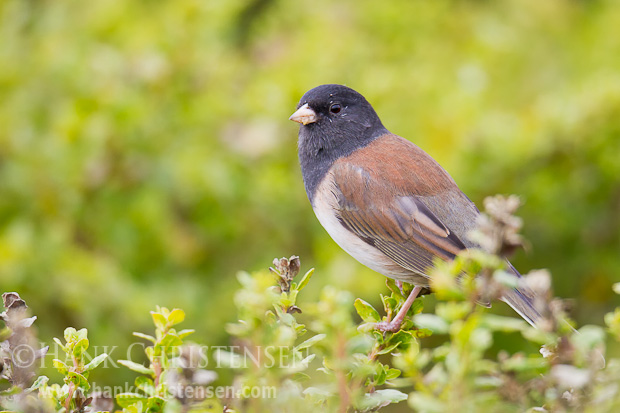
Late last year I came across a small flock of dark-eyed juncos. Being ground feeders, most were darting through the grass at the edge of a field. Usually I try to get as low to the ground as possible when photographing a bird on the ground, but because this bird was so small, the height of the grass many times obscured the bird. I found that working about 2 feet off the ground gave me a better angle to the juncos, keeping grass out of the foreground.
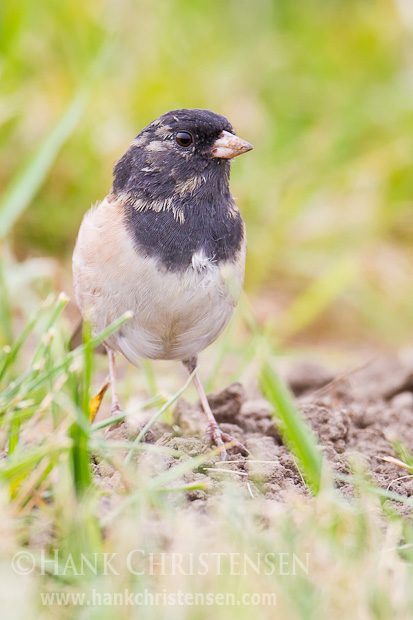
Dark-eyed juncos are fairly common, but maybe not as easily noticed by the non-birder as other common species. They are typically seen foraging on the ground, so are not in your face as much as a house sparrow or house finch might be.

